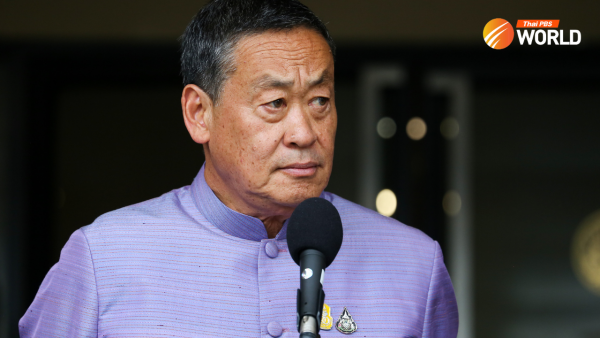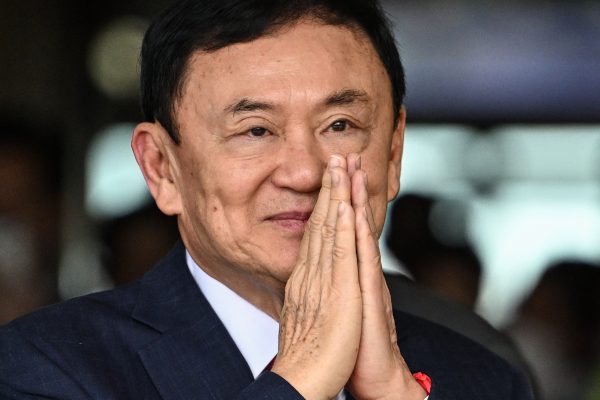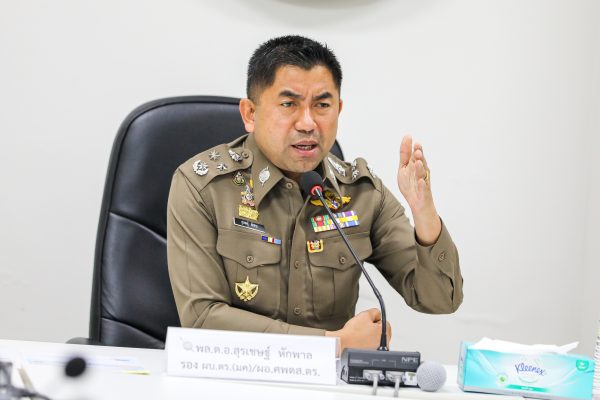When political rallies become a numbers game

Political rallies are all about the numbers game: the larger the crowd, the more successful and powerful the protest appears to be.
However, one glance at the numbers shows that organisers’ estimates are usually significantly higher than those produced by other sources.
The September 19-20 rally at Bangkok’s Sanam Luang is a good example. Protest co-leader Panusaya Sithijirawattanakul declared on stage that 200,000 people had joined the anti-establishment rally on Saturday, much to the delight of her supporters.
Opponents, however, were quick to question her claim. After poring over different reports of the protest they highlighted one from an international news agency: “Reuters reporters estimated there were at least 30,000 people at the demonstration … Police said there were 18,000.”
Security agency sources say it is no surprise to see such discrepancies.
“It is a fact that police usually underestimate the size of the crowd, while demonstrators usually exaggerate it,” a security official said on condition of anonymity. “You can’t fully believe either side.”
Long tale of big discrepancies
History shows that after every significant political rally, each side bickers over the number of people who participated.
For instance, after the now-defunct Future Forward Party (FFP) organised a flash mob outside the Bangkok Art and Culture Centre (BACC) on December 14 last year, people launched a furious debate over the actual number of supporters present.
The flash mob was a crucial measure of public dissent because it was the first high-profile protest after coup leader General Prayut Chan-o-cha returned as PM via the 2019 election.
Pannika Wanich, then-FFP spokesperson, declared the event at the BACC frontage and skywalk had drawn more than 10,000 people, but other sources provided much lower estimates. The Thai Lawyers for Human Rights Centre, for instance, assessed the turnout at about 2,000, while police put the number at 1,200. The huge discrepancy between the claims spurred the Thai Move Institute to do some detailed detective work.
The institute, which is widely seen as having a pro-government stance, assessed the public space available in front of the BACC and found it measured exactly 7,449.04 square metres. If two people standing side by side take up approximately one square metre, then there should have been around 11,288 people at the rally – or a maximum 14,000-15,000 if very crowded.
However, Thai Move said photographs of the event showed only about one person per square metre on average, meaning just 5,000 to 6,000 were at the rally. And that figure may have been swelled by the average 1,000 pedestrians that use the skywalk every 10 minutes on Saturdays, plus music fans heading to a large concert held nearby on the same day. Taking all these factors into account, the institute insinuated that no more than 800 people took part in the FFP rally that day.
In late 2013, the People’s Democratic Reform Committee (PDRC) claimed its December 22 protest against Yingluck Shinawatra’s Pheu Thai-led government drew no less than 3.5 million protesters.
However, Lt-General Paradon Patthanathabut, then chief of the National Security Council, put the number at just about 150,000.
Such large discrepancies are normal when it comes to counting crowds in politically divided Thailand.
The science of crowd counting
A police source revealed there are two key methods of counting crowds. The first is to calculate the area occupied by protesters, by using a reliable source such as Google Maps, and then determining the density of the rally.
The second is to deploy individual police officers to count the number of protesters in their patrol zone, then add these numbers together to come up with a total.
“This is a reliable method to an extent,” the source said. “And if the protest site has a clear entrance and exit, then we can count the number of people walking in and out for a more accurate number.”
Panitan Wattanayagorn, a former deputy secretary-general for the PM’s Office, said authorities sometimes estimate the size of a protest by counting the number of supporters brought in from the provinces.
“It’s possible to determine the size of the crowds based on the number of arriving buses, the amount of food brought into the protest site and the number of mobile toilets made available,” he said.
In some cases, he added, authorities also checked with reporters working in the field and then calculated the numbers based on the total area of the protest site.
According to Panitan, Sanam Luang covers an area of 120,000 square metres, while the Royal Plaza is 25,596 square metres.
History of counting crowds
Asking reporters for crowd estimates is not really such a ridiculous idea, as proved by Herbert Jacobs, a journalism professor at the University of California. Jacobs is credited with coming up with modern and accurate crowd-counting techniques.
Rob Goodier of popularmechanics.com revealed that Jacobs carved out the techniques while watching students protest against US involvement in the Vietnam War from his office window back in 1960s. The plaza in front of his office had been built on a grid, so Jacobs counted the number of students in a few of the grid’s squares in order to get a per-square average and then multiplied it by the total number of squares.
More than half a century later, the tools for counting crowds may have improved, but the principle remains the same – area multiplied by density.
Crowd-counting claims
When US President Donald Trump delivered his inaugural speech in 2017 at Washington’s Capitol building, he was quick to claim the audience “looked like a million and a half people, whatever it was it was”.
He was visibly upset when he heard television news reports saying there were only about 250,000 people at his speech.
In Hong Kong, the Civil Human Rights Front claimed more than half a million people participated in its July 1, 2019 march, but police put the figure down at 190,000.
The huge discrepancies in size estimates of political protests around the world illustrate that the science of counting crowds is still in its infancy. And until more objective measurement methods are developed, it’s probably best to remember that political bias often plays a large part in the calculations.
By Thai PBS World’s Political Desk






